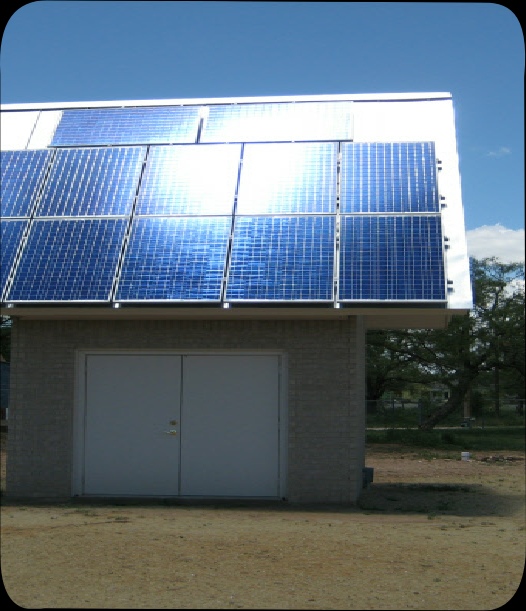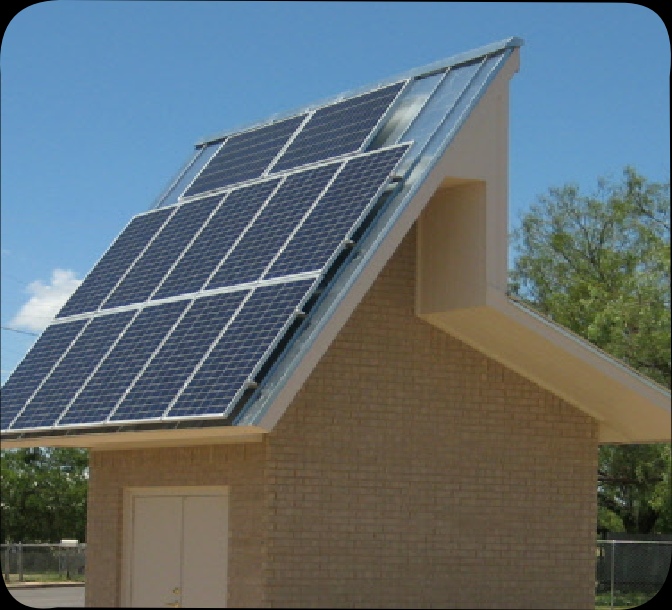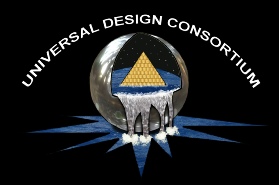



Photovoltaic’s is a field of technology, research and development related to the application of solar panels or solar cells that convert sunlight into electrical current.
Solar panels can be used to generate electrical current for buildings. They can be installed in three configurations.
1. Static Configuration-
2. Movable Configuration-
3. Tracking Configuration-
History of Solar Energy
The history of solar energy is a very interesting one. The first solar panel was crafted in 1900 by William Grylls Adams after he discovered that when light shined on Selenium, the material shed electrons, thereby creating electricity. But, it was not until 1953 when Bell Laboratories (now AT&T labs) scientists Gerald Pearsons, Daryl Chapin and Calvin Fuller developed the first silicon solar cell capable of generating a measurable electrical current. In 1956, solar photovoltaic’s (PV) cells were far from economically practicable. Electricity from the solar cell ran about $300 per watt. (For comparison, current market rates for a watt are $3.) The space race of the 195’s and 60’s gave modest opportunity for the progress of solar, as satellites and craft used solar paneling for electricity. Some of solar panels used for research by NASA are still in operations today in both ground and spaced based platforms and solar panels have found their way into every aspect of life around the world as the premiere renewable energy source.


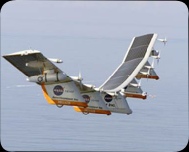
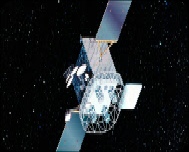
Solar panels installed on the roof of buildings to generate electrical current for the building daily operational needs.
NASA’s Helios prototype aircraft in flight over Florida test range.
Solar panels being used to power NASA’s pathfinder rover on Mars.
Solar panels being used to power a communications satellite in orbit around the Earth.
ABOVE: a detached photovoltaic system static mounted on a detached storage room. Photovoltaic panels only have a 12 to for 17% conversion rate of solar radiation to usable electricity if optimized. Over 90% of the solar systems used convert around 5 to 7% of sunlight to electricity. Optimization is essential to ensure maximum conversions.
